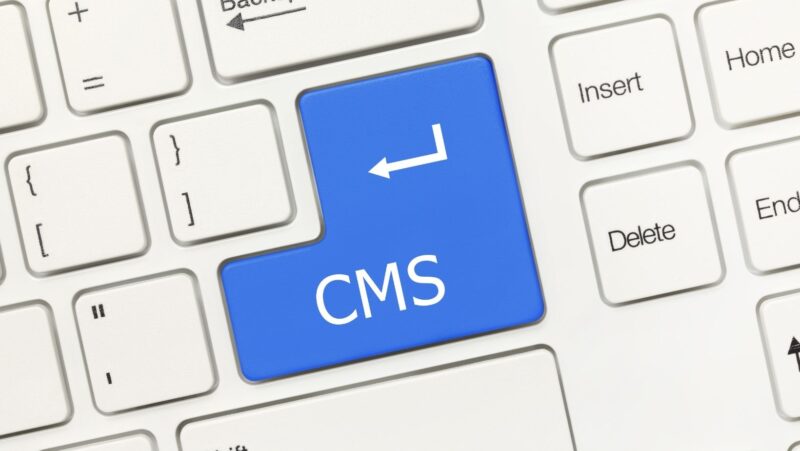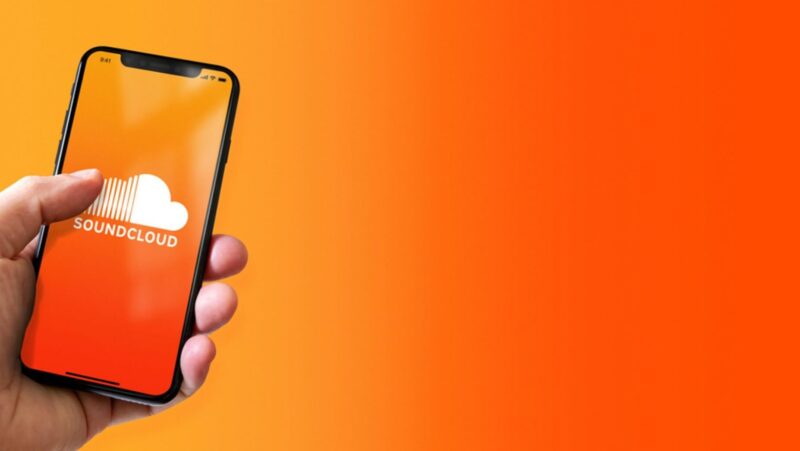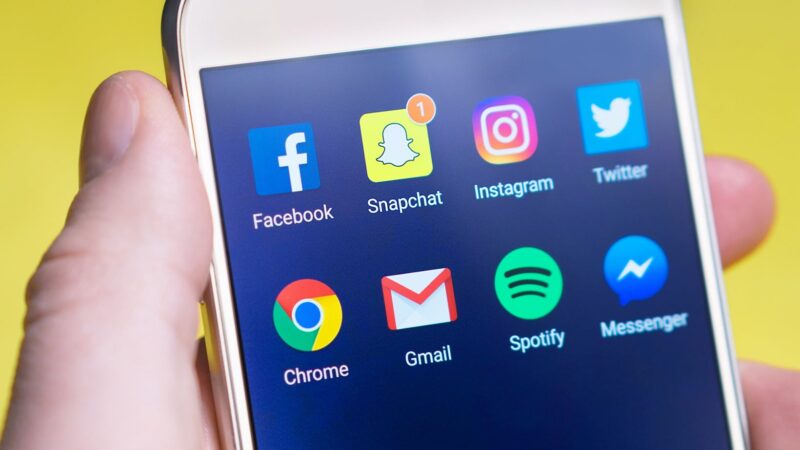
- 4K video recording at 24 fps, 30 fps, or 60 fps
- 1080p HD video recording at 30 fps or 60 fps
- 720p HD video recording at 30 fps
- Optical image stabilization for video (iPhone 6s Plus, iPhone 6s, iPhone SE, and later)
- Slo-mo video support for 1080p at 120 fps or 720p at 240 fps
- Time-lapse video with stabilization
- Cinematic video stabilization (1080p and 720p)
- Continuous autofocus video
- Body and face detection
- Take 8-megapixel still photos while recording 4K video
- Playback zoom
- 3x digital zoom
- Video formats recorded: HEVC and H.264
- Stereo sound recording
- Wide color capture for photos and Live Photos
- Live Photos with stabilization
- Body and face detection
- Auto HDR for photos and videos
- Backside illumination sensor
The iPhone has always been a great platform for shooting and editing video, but with the introduction of 4K resolution and new features like cinematic video stabilization, the iPhone 6s Plus and iPhone 6s are setting a new standard for mobile video recording. One of the most impressive new features of the iPhone 6s Plus and iPhone 6s is the ability to record 4K video at 24 FPS, 30 FPS, or 60 FPS. This is a huge leap forward in terms of video quality, and it’s something that will be appreciated by anyone who likes to shoot and edit video on their iPhone.
How to recover sound from screen recording iphone
There are a few ways to recover sound from a screen recording on your iPhone. One is to use the built-in Voice Memos app, which will record any sounds that are played through your iPhone’s speaker. Another option is to use a third-party app like Audio Recorder Pro, which will allow you to record both internal and external sounds. Finally, you can use the screen recording feature in QuickTime Player to record your iPhone’s screen and any sounds that are played through it.
Use the Voice Memos app
Open the Voice Memos app on your iPhone and tap on the “Record” button. Start playing the video that you want to record, and the app will automatically record any sound that is played through your iPhone’s speaker. When you’re finished, tap on the “Stop” button and then tap on the “Save” button.
Use a third-party app
There are a number of different apps that you can use to record both internal and external sounds on your iPhone. One option is Audio Recorder Pro, which is available for $1.99 on the App Store. To use the app, simply launch it and tap on the “Record” button. The app will then record any sound that is played through your iPhone’s speaker or microphone. When you’re finished, tap on the “Stop” button and then tap on the “Save” button.
Use QuickTime Player
QuickTime Player is a built-in app on your Mac that can be used to record your iPhone’s screen. To use the app, connect your iPhone to your computer using a Lightning cable and open QuickTime Player. Click on the “File” menu and select “New Movie Recording”. Click on the drop-down menu next to the “record” button and select your iPhone as the recording device. QuickTime Player will then record your iPhone’s screen and any sound that is played through it. When you’re finished, click on the “stop” button and then save the recording.
Tips and tricks for getting the most out of your screen recording experience on iPhone
There are a few things that you can do to get the most out of your screen recording experience on iPhone. One is to use the built-in Voice Memos app, which will record any sounds that are played through your iPhone’s speaker. Another option is to use a third-party app like Audio Recorder Pro, which will allow you to record both internal and external sounds. Finally, you can use the screen recording feature in QuickTime Player to record your iPhone’s screen and any sounds that are played through it.






